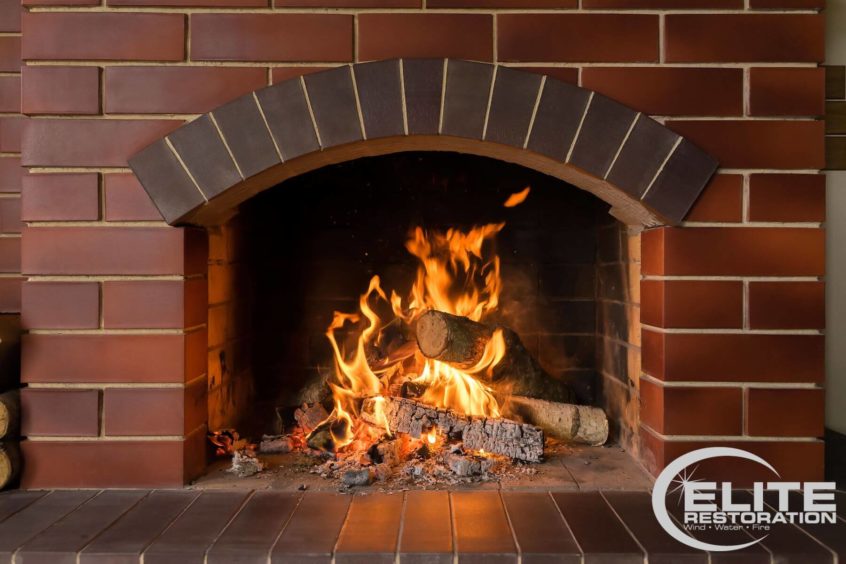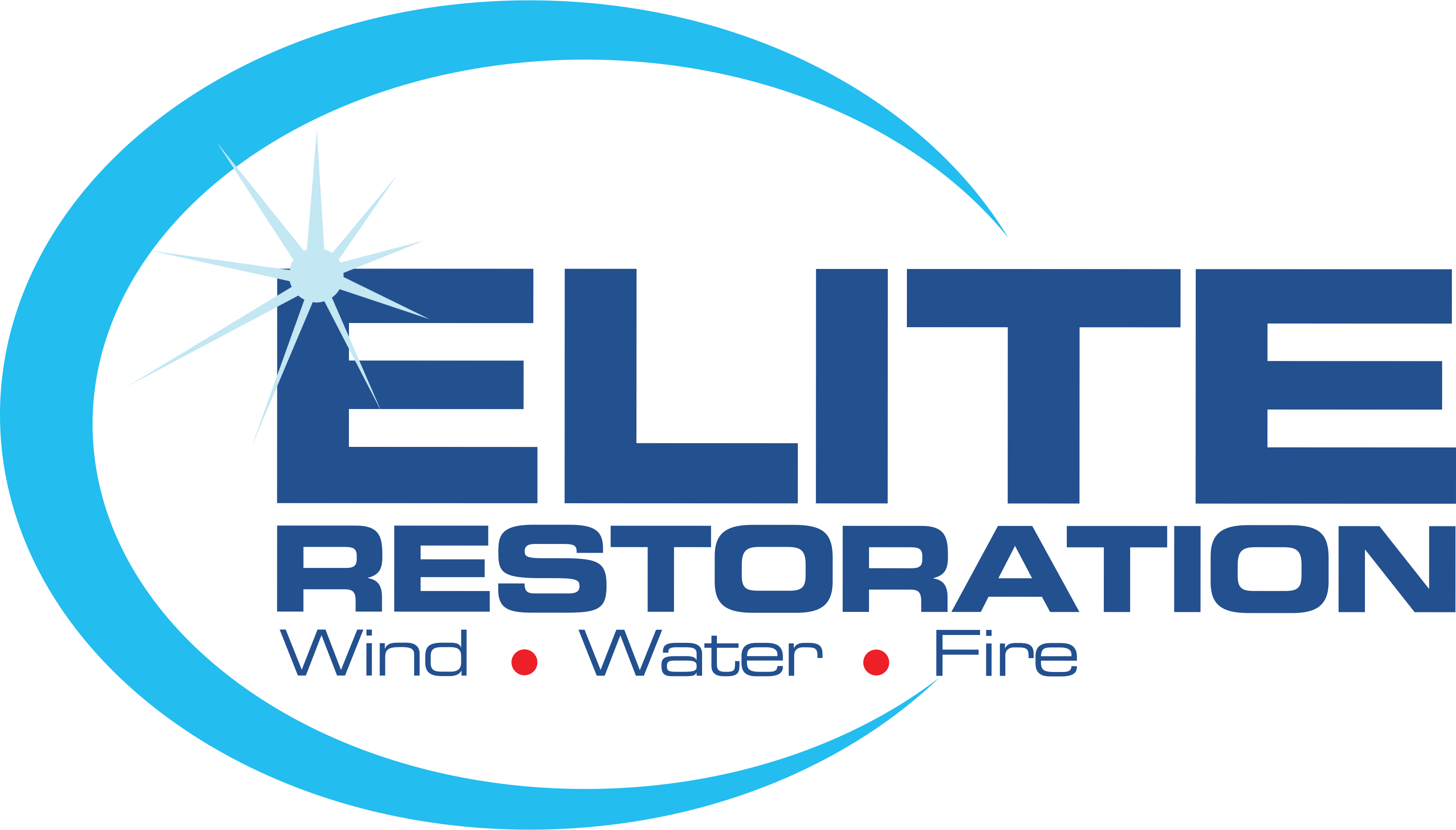Fireplace Safety Tips

Updated December 1, 2022
December is here, and that means that cold weather and snow are, too! A lot of homes in Idaho have fireplaces, wood-burning stoves, or pellet stoves as either supplementary or primary home heating sources. Below, we’ve listed a few simple steps that you can take to improve your safety when using your fireplace and reduce the risk of a house fire occurring. Reminder: ALWAYS call 911 at the first sign of a house fire.
If you have a wood-burning stove instead of a fireplace, we’ve got you covered! Check out our post on How to Safely Use a Wood Burning Stove for safety tips.
1. Make Sure the Flue is Open
This should always be your first step when preparing to start a fire in your fireplace. It’s the most important step, but it can easily be overlooked. Make sure that your flue is open before you light any fires. Make sure that smoke doesn’t start filling up your home, potentially causing smoke damage or hazardous breathing conditions.
It’s easier to take a moment to double-check that the flue is functional and in the right position before you begin than it is to struggle with a closed or jammed flue after the fire has already been lit.
2. Have Your Chimney Inspected Regularly
The National Fire Protection Association recommends that chimneys, fireplaces, and vents should all be inspected “at least once a year for soundness, freedom from deposits, and correct clearances. Cleaning, maintenance, and repairs shall be done if necessary.”
Even if you don’t run your fireplace often and think that there is very little risk of buildup in your chimney, some animals and birds have been known to build their nests in chimneys. These nests are usually made of dry grass and twigs — these highly flammable materials pose a serious fire risk. Besides pests, other damage and weathering can occur over time. Any buildup, pests, or damage can make your fireplace unsafe to use. That’s why it’s so important to have regular inspections.
3. Always Keep a Fire Extinguisher Nearby
A home fire extinguisher is one of those tools that you will hopefully never need to use. You’ll be glad to have one if you ever do need to use it! If you use a fireplace, wood-burning stove, or pellet stove it is absolutely necessary that you keep a fire extinguisher on hand in case of emergencies. Most extinguishers have instructions printed on the side of the can, as well as a tentative expiration date. In general, extinguishers are good from 5 to 15 years. If you don’t know how old your extinguisher is, it might be time to invest in a new one.
4. Test Your Smoke Alarms and Carbon Monoxide Detectors
It is very important to make sure that all of your smoke alarms and carbon monoxide detectors are functioning properly before you light fires in your home fireplace. If cold air reverse flows down through your chimney and into your fireplace, carbon monoxide and smoke can easily start building up inside your house. Carbon monoxide detectors and smoke alarms can help alert you if the levels of these air pollutants build up to a dangerous level.
Testing your smoke or carbon monoxide detectors is easy! In general, you will just need to hold down the button on the front of your unit until it goes off. It should be an extremely loud and shrill alert. If the sound is quiet or if the unit doesn’t make a sound, try replacing the batteries. If your unit still doesn’t function with fresh batteries, you may need to replace the alarm or have it repaired. Heating and air companies can typically help repair or replace smoke and fire alarms.
5. Use Proper Fire Starting Techniques
You should never use accelerants to start a fire in your home fireplace. Chemicals like kerosene, gasoline, oil, lighter fluid, butane, and propane can create harmful fumes when they are ignited. They should never be used in an enclosed space while lighting a fire. It is also easy to apply too much accelerant, which greatly increases the risk of your fire getting out of control. Use crumpled paper and fine pieces of dry kindling as your basic fire-starting materials. They light quickly and easily, giving you a good start before adding larger fuel. Once a small fire is going steady, add larger pieces of dry wood to help the fire grow.
*Tip: Always use dry seasoned wood for your home fireplace. As the moisture in wet wood heats up it can cause popping and crackling, potentially sending embers flying out of the fireplace onto your floor. Green and wet wood also produce significantly more smoke than dry and seasoned wood does. For more tips on proper fire-building techniques, check out this article on The Correct Way to Build a Fire in a Fireplace.

